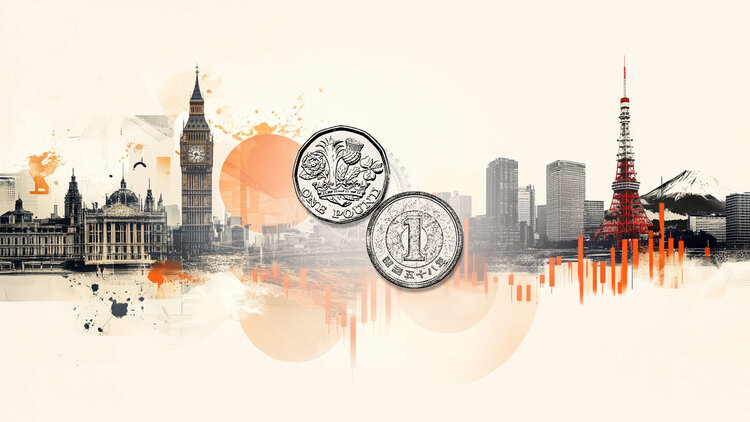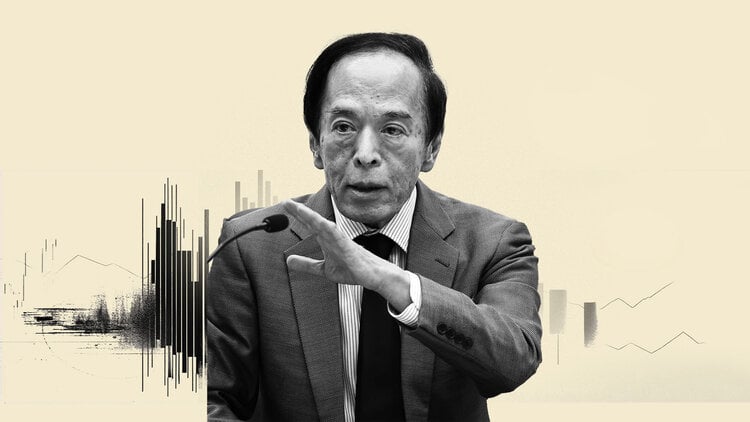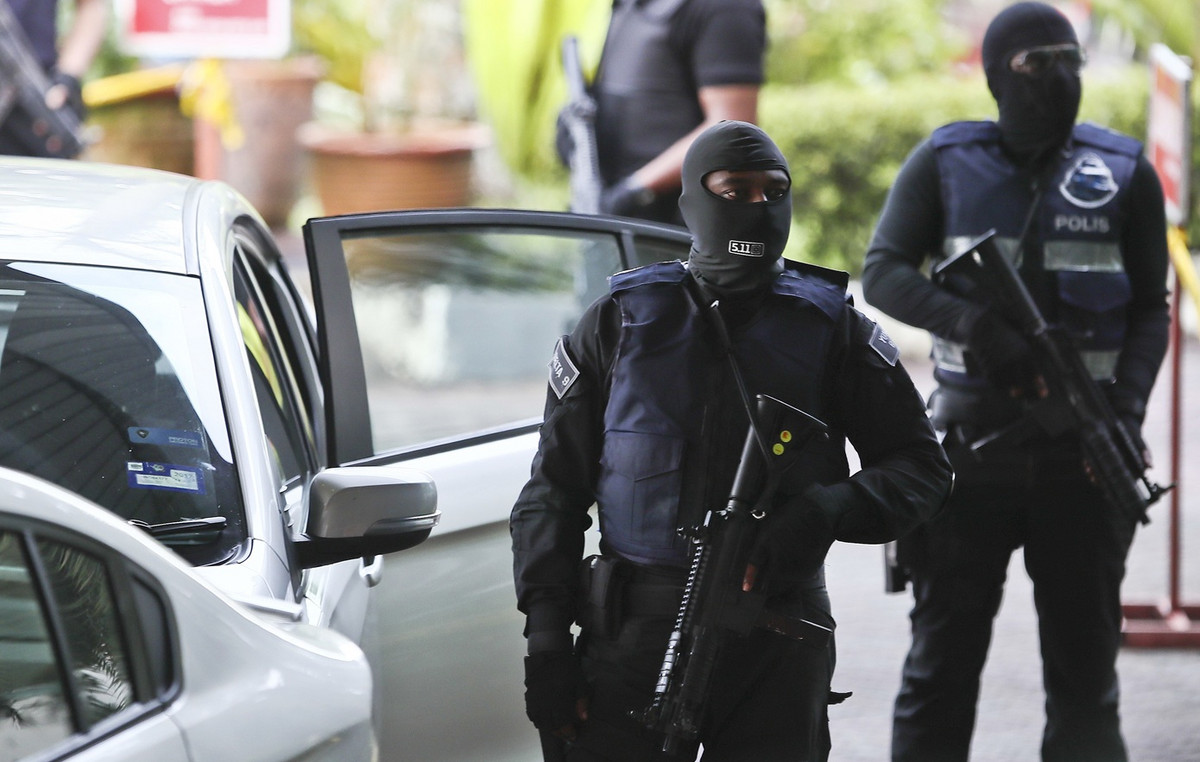Relations between Colombia and Venezuela, along a 2,341 km border, have been stagnant for years, especially since former Colombian President Iván Duque launched a diplomatic siege campaign to seek the departure of Venezuelan President Nicolás Maduro from the power.
Due to these and other facts, bilateral trust between Bogotá and Caracas seems to be broken and the countries have not had diplomatic relations since 2019. But tensions had already started years earlier during the governments of Álvaro Uribe, in Colombia, and Hugo Chávez, in Venezuela. .
Now, the promise of Gustavo Petro, who assumed the presidency of Colombia last Sunday, to normalize relations has generated a certain optimism and hope among the populations of the two countries, connected by their extensive common border.
As a first sign, two days after Petro took office, Venezuela announced on Tuesday the resumption of its military relations with Colombia. And the new Colombian president said his government is already working on normalizing relations with the neighboring country.
How has the relationship between Colombia and Venezuela been in recent decades and how did it come to this current difficult situation?
Tensions between Uribe and Chavez
Opposed in their political positions, the government of the rightist Uribe, in Colombia, and the leftist Chávez, in Venezuela, played a leading role in several moments of tension in the first decade of the 21st century.
When the Air Force bombed, in 2008, the positions of the Revolutionary Armed Forces of Colombia (FARC) in Angostura, Ecuador, causing an international problem, Caracas reacted by accusing Bogotá of violating Ecuadorian sovereignty after an unauthorized incursion, and saying that it did not accept a similar operation in its territory.
The Uribe government then accused the Chávez government of pre-supporting the FARC. Caracas denied this and, in response, withdrew diplomatic personnel from Bogotá and announced military moves along the border. The situation, however, was normalized months later.
In 2010, Colombia reported to the Organization of American States (OAS) the presence of FARC and National Liberation Army (ELN) camps in Venezuelan territory and, consequently, Venezuela announced that it was breaking diplomatic relations with Bogotá.
In the end, the rupture did not materialize, but diplomatic representation between the two countries was reduced amid the political tension. That same year, after the arrival of Juan Manuel Santos to the presidency of Colombia, replacing Uribe, relations normalized.
The border and migration crisis of 2015
The 2,341 km border between Colombia and Venezuela, where people and goods have passed for centuries, was closed in 2015 by the government of Nicolás Maduro after a clash between Venezuelan security forces and civilians, which Maduro attributed to “paramilitarism” in Colombia. and why he blamed former President Uribe, who at the time denied the allegations.
Venezuela has also deported more than 1,000 Colombian citizens who were living on Venezuelan territory in the context of this crisis.
“It is not admissible, under any circumstances, the way these Colombians were expelled from Venezuelan territory, leaving behind children, many of them children,” President Santos said at the time.
Delcy Rodríguez, Minister of Foreign Affairs of Venezuela, said that “Venezuela has been a space and a homeland of shelter for millions of Colombian citizens who see our homeland as a space where they can live together as a family. We could hardly be mistreating these Colombian citizens.”
In the midst of this border crisis, 2015 was the worst year of the migratory exodus that affected Venezuela in recent decades and led about 6 million people to emigrate from the country, according to data from the United Nations High Commissioner for Refugees (UNHCR).
According to the Interinstitutional Coordination Platform for Refugees and Migrants of Venezuela (R4V Platform), there are five million Venezuelans living in countries on the American continent, with Colombia receiving the most: 1,842,390.
Duque, the group of Lima and Juan Guaidó
Duque, president of Colombia between 2018 and 2022, was one of the regional leaders who promoted the so-called Grupo Lima, which emerged on August 8, 2017 with the aim of seeking a peaceful solution to the crisis in Venezuela with the signature of several governments of right in the region, which politically and economically sanctioned the Maduro government.
On January 23, 2019, the president of the National Assembly of Venezuela, Juan Guaidó, proclaimed himself interim president of Venezuela and almost immediately received recognition from the United States. The member countries of the Lima group also recognized Guaidó’s legitimacy. The Maduro government, which held the National Assembly in contempt, rejected the proclamation.
On February 23, Guaidó led an attempt to bring humanitarian aid from Colombia to Venezuela, which ended in riots at the border. Maduro then ordered the closure of the border and severed relations with Bogotá.
“There is a pending issue in this administration with Venezuela because it was a huge frustration to see what the Lima Group developed, for example, which no longer exists, which was a diplomatic fiasco, which is an absolute contradiction from the geopolitical point of view,” he said. Vicente Torrijos, professor of Political Science at the General Rafael Reyes Prieto War School, to CNN .
The 2020 pandemic
Relations between Bogotá and Caracas have also worsened with the Covid-19 pandemic, after Colombia closed its border crossings as a sanitary measure.
“It is important that people who do not live in Colombia and Venezuela understand that Colombia and Venezuela have more than 2,000 km of common border. In other words, this is not a border crossing or a small thing,” political analyst Eduardo Pizano told CNN on the importance of re-establishing bilateral relations and fully opening up borders.
“The people on the border suffer a lot from these differences between the political regimes of one country and another,” he added.
The impact of tensions on trade
Trade has been one of the most affected by the border problems between Colombia and Venezuela. In 2008, trade between the two countries was around US$7.2 billion, in 2015 it had dropped to around US$1.3 billion and in 2020 it was just US$221 million. And the pandemic has worsened the situation with the closing of border crossings.
Borders reopened in October 2021, but exchange numbers were still lower than in 2015, when the migration crisis hit, and much lower than in 2008.
With information from Gabriela Matute Urdaneta, Melissa Velásquez Loaiza and Alejandra Ramos.
Source: CNN Brasil
I’m James Harper, a highly experienced and accomplished news writer for World Stock Market. I have been writing in the Politics section of the website for over five years, providing readers with up-to-date and insightful information about current events in politics. My work is widely read and respected by many industry professionals as well as laymen.







